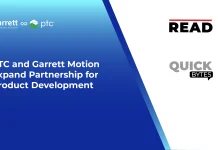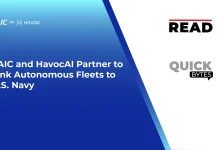Seasats, a U.S.-based developer of autonomous maritime systems, is pleased to announce the release of the Lightfish Security System, a turnkey autonomous surface vehicle (ASV) designed to support persistent intelligence, surveillance, and reconnaissance (ISR) missions in littoral, harbor, and open-ocean environments.
The platform addresses critical operational needs in maritime domain awareness (MDA), port and coastal security, and remote infrastructure monitoring – whether tracking illegal fishing activity, trafficking operations, or other emerging threats.
The Lightfish Security System is engineered for multi-month endurance and rapid field deployment. Leveraging a low-profile, solar-powered hull with an onboard generator and lithium-ion battery system, the vessel can operate for many months continuously, tracking vessels many miles away without being seen itself. The system is non-ITAR, export-friendly, and designed for launch and recovery by one or two personnel via beach, ramp, or pier. Those features have driven early adoption and multiple Security Lightfish are now deployed through both vehicle sales and a Robotics-as-a-Service offering.
Also Read: Defense Innovation: How Startups Are Transforming Military Technology
“There’s a level of practicality that robotic platforms must have for maritime security,” said Tom Reynolds, Chief Strategy Officer at Seasats. “If they’re over-engineered, cost too much or have limited endurance, they may perform well in a demo, but that doesn’t always translate to mission success.”
Seasats CEO Mike Flanigan added “One of the unique things about the Lightfish in today’s maritime autonomy market is its track record of successful long-duration autonomous missions. Thanks to its small size and well-engineered safety systems, the Lightfish has been approved to operate in high-traffic or remote areas in several countries, which differentiates us from many competitors.”
SOURCE: PRNewswire


